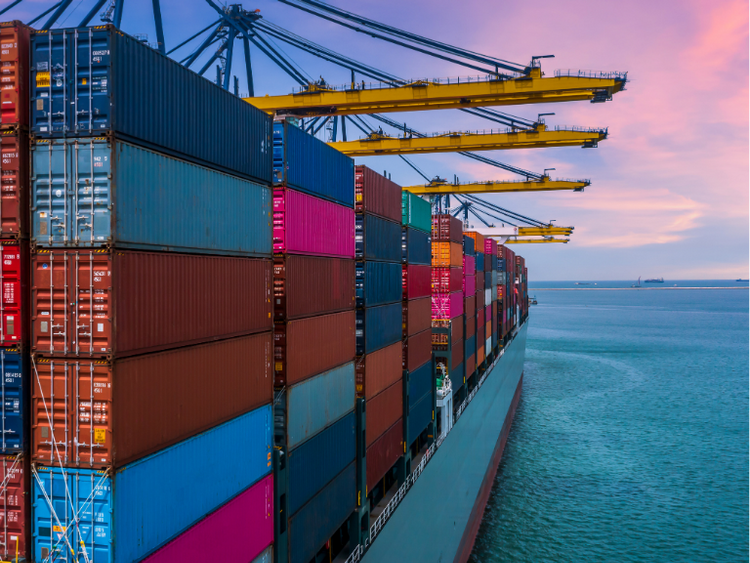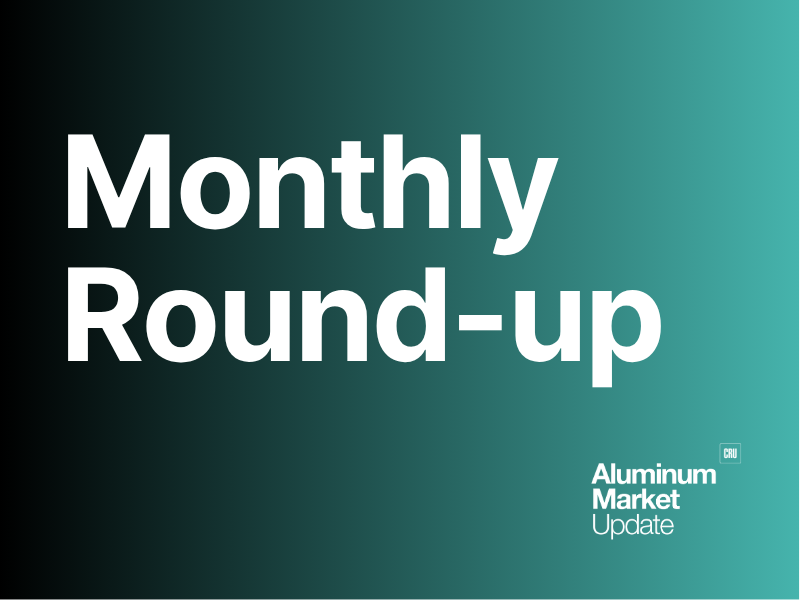Global Trade

December 16, 2024
Container Freight Conditions for 2025
Written by Greg Wittbecker
2024 was a challenging year for anyone managing container freight exposures for either inbound or outbound cargo. Volatility with a capital “V” has been the rule.
In October 2023, average global 40-foot container rates plunged to a low of USD 1,342 per box. From that low point, rates then steadily climbed, reaching a record high of USD 5,900 per container in July 2024. The 2nd half of 2024 has witnessed a sharp downward correction, with prices in early December hovering around USD 3,200 per 40-foot box.
The Big Picture Variables Impacting 2025 Container Rates
As we head to 2025, volatility will remain high, characterized by a host of major swing factors:
The shipping lanes in the Red Sea and Suez Canal region remain subject to threat from the Yemeni Houthi rebels in the Horn of Africa. This has led major container to continue to restrict movements in the region and apply very stiff “war risk” surcharges for routes that are operating there. Vessels not using the Suez are being diverted around the Cape of Good Hope with 14 days longer transit times to EU and U.S. destinations.
Another approach has been the rise in blank sailings (void sailing), where carriers elect to skip ports of call in the region on published routes or even cancel entire routes to manage capacity or avoid problems with the rebels.
Globally, blank sailings were very high in 2024, amounting to 15-20%. A lack of vessel capacity was blamed for much of this, and it is expected this could continue in 2025.
The Suez Canal normally handles about 12% of global trade each year. However, freight was down 70% in the 3rd Quarter of 2024 and is expected to fall 4.5-5.5% year on year in 2025.
The U.S. International Longshoremen Association (ILA) port strike suspension will end January 15, 2025. The ILA had made some extremely aggressive demand following the contract expiration on September 30, 2024. No reason to believe they will come back to the table having reduced those demands, especially after seeing the contract settlements that organized labor achieved at General Motors and Boeing. This could mean another walk-out in January.
Chinese New Year begins January 29, 2025. This normally sees a mass migration of Chinese workers to and from their hometowns and wholesale closures of offices, factories, and the ports for two weeks or more.
On February 1, 2025, the new Gemini and Premier container alliances go into effect. Gemini brings Maersk and Hapag-Lloyd under one umbrella. Premier joins Ocean Network and Yang Ming Marine together. The Maersk and Hapag-Lloyd alliance joins the 2nd and 5th largest containers in a pool, controlling about 6.2 million Twenty Foot Equivalent Units of capacity (TEU). This makes them larger than the largest individual container line, MSC, which controls 5.7 million TEU of capacity.







